Our Need for Nature in the Time of COVID
JANUARY 2021
Back in June, The New York Times ran this headline: “Nature Deficit Disorder is Really a Thing,” adding, “Children’s behavior may suffer from lack of access to outdoor space, a problem heightened by the pandemic.” The Times got that one right, and we appreciated it.
One of the pleasures for those of us who work with the Children & Nature Network (C&NN) is that we get to meet so many people whose lives and communities have been changed through our shared cause.
We hear from parents who have witnessed the power of nature to help reduce their children’s symptoms of Attention Deficit Disorder and, for some parents, help fight their own depression. We’re inspired by parents who have launched nature clubs to help families get a regular dose of “Vitamin N”—and of course, we meet children. We’ve seen their eyes light up in the presence of a mud puddle or a frog or a star.

We’ve encountered young college students inspired by the children and nature movement to pursue careers in environmental education, outdoor recreation and nature therapy.
We’ve spent time with countless teachers who talk about the impact of outdoor learning and play on their students. As one teacher told me, “When I take my students outdoors, the troublemaker in the classroom becomes the leader in nature. Not just better behaved, the leader.”
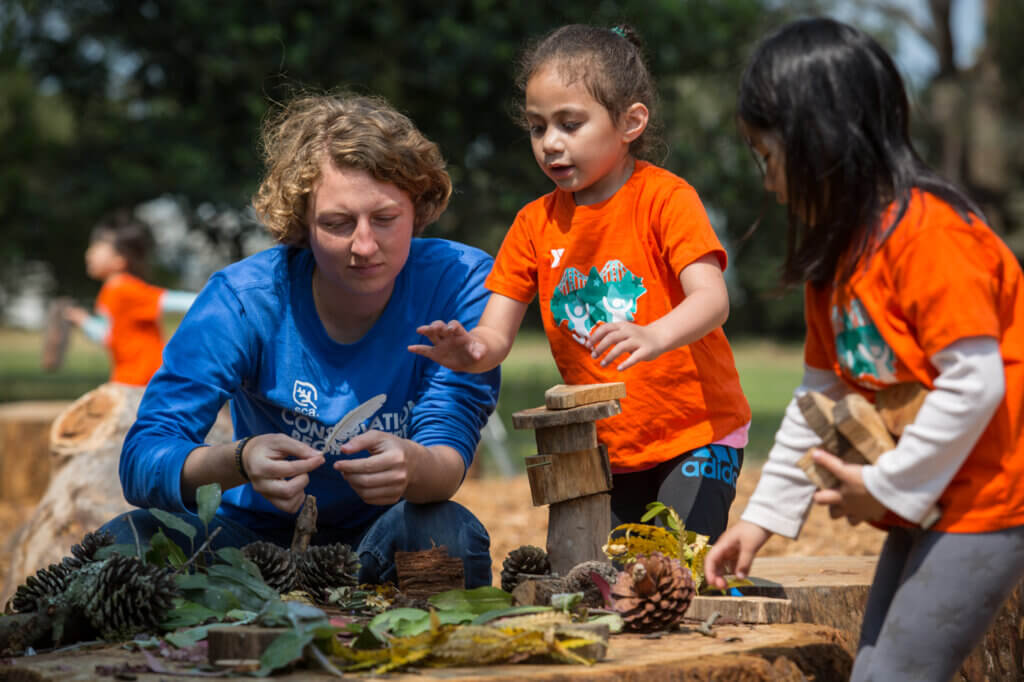
And we hear from grandparents who have committed themselves to do everything they can to make sure theirs isn’t the last generation in which it’s considered normal and expected for a child to go outside and lie in the grass and watch the clouds.
“This is fundamentally a movement of people helping people. Of all ages.”
We’ve met conservationists, despairing at the state of the environment, who say they’ve been revived by the children and nature movement. We know pediatricians who write nature prescriptions or incorporate the healing qualities of the natural world into their practices.
We’re working with mayors and other community leaders who are transforming their cities, neighborhoods, and institutions in ways that assure that all children, not just a few, have a chance to read under a tree or see the stars. Today, through the partnership of C&NN and the National League of Cities, 18 major cities are focused on deep systems-level change to improve equitable access to nature, charting a course that can be applied in countless cities and municipalities.
We’ve been inspired by librarians who create “nature smart” libraries with outdoor learning centers and reading areas; and by dramatic growth in the number of nature-based preschools across the nation and around the world.
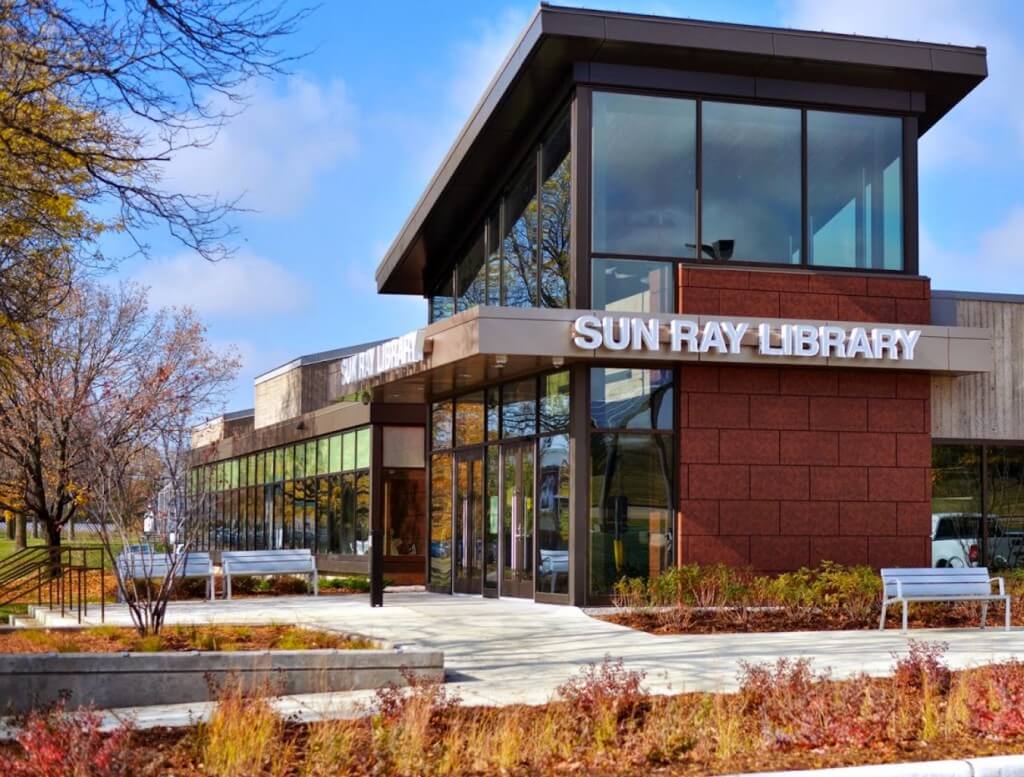
Through C&NN’s efforts, and the good work of other organizations, the green school yards movement is transforming the school experience, not only for thousands of students but for community members who help create and enjoy these new outdoor spaces. The payoff: healthier families, improved test scores, resilient communities.
“In a few short years, we’ve seen this movement spread around the urbanizing world. This may, in fact, be one of the most effective social movements of our time.”
It’s a movement based on a rapidly growing body of research on the benefits of nature connection for physical, mental and cognitive health. When I was writing Last Child in the Woods, published first in 2005, I could confidently cite about sixty studies, pursued by a handful of pioneering researchers. Today, C&NN has assembled an online research library, available free to anyone in the world, offering abstracts of over 1,000 studies, with more added every month.
Now comes COVID. The pandemic, as tragic as it is, has dramatically increased public awareness of the deep human hunger for nature connection.
Even before we began socially distancing, health professionals worried about an epidemic of human loneliness, which, along with smoking and obesity, is a high-risk factor for early death. Today, families, stressed by fear of the virus, facing economic uncertainty and hardship, find themselves cut off from their usual social circles. They have turned to nature for solace and connection.
Families have rushed to foster pets and they have forged a stronger bond with the animals right outside their windows. In a July op-ed for the Los Angeles Times, I wrote about a woman whose daughter had a strong attachment to a screech owl that lived in a tree outside a bedroom window. Long before the coronavirus, the owl disappeared one day. A few weeks ago, when her family was feeling particularly anxious, her daughter suddenly brightened and shouted, ‘The owl’s back!’” Her young son now rises early to watch the owl, “and the owl watches him,” his mother reports. For this family, nature connection brings “an awareness of something greater.”
No matter what our age, when isolated and on our own, we find ourselves yearning for a horizon of trees, wind across a prairie, and for our extended family of animals.
During lockdown, a friend of mine placed a bird feeder outside her elderly mother’s bedroom window so her mother could be soothed by sparrows, chickadees and doves. My friend reports that she is grateful for “all the fluff and feathers God provides, to be healing for our wounded spirit” — and won’t again take the presence of wild animals for granted.
Some of us are lucky to live in places where connecting to nature is easier. But too many people have too little access to parks, yards or even a tree outside a window.
These inequities may worsen. Economic deterioration now threatens the survival of programs and parks that connect children and families to nature – especially those who otherwise would have little access. While more adults are packing the parks, children are often not with them. We fear that children may be spending even less time in the natural world than before the contagion of COVID-19.
Research tells us that time spent in nature can soften the effects of psychological and physical trauma. In the coming months, as the pandemic-related mental health crisis continues and grows, access to the natural world – to the “fluff and feathers” and an “awareness of something greater” – will be more important than ever.

This is why I ask you to support the Children & Nature Network and other good organizations working to make sure that all children – not just a few – receive the healing gifts of nature. Learn more about our work and please join us today.





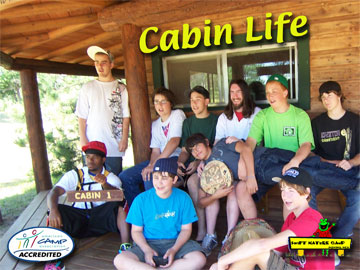
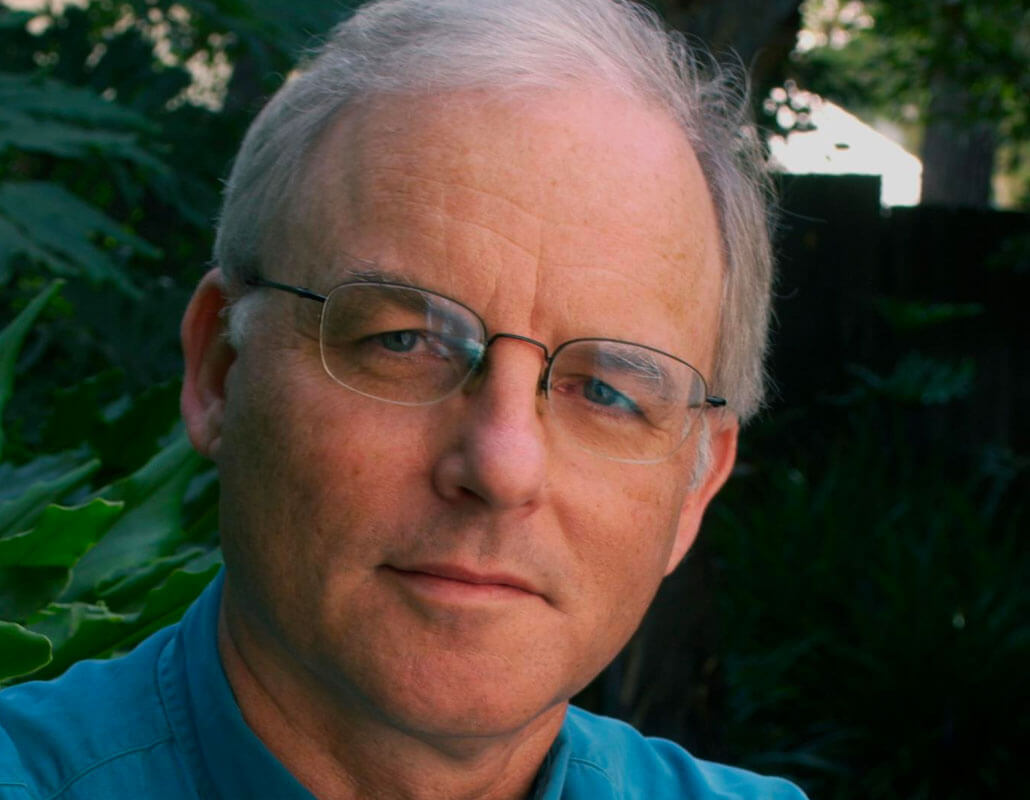 Join me in the movement to connect children and nature
Join me in the movement to connect children and nature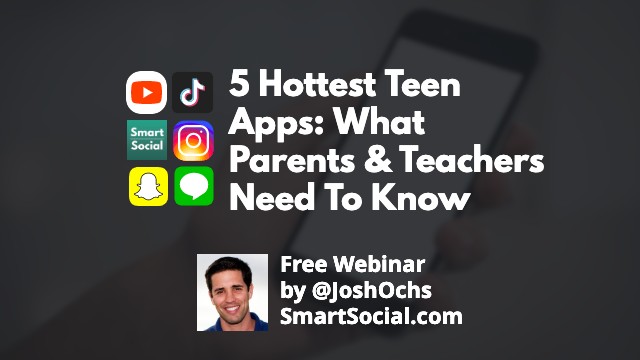


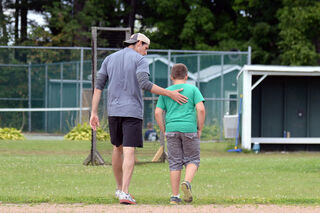
 At the end of summer camp 2019, as we all said goodbye to SNC for the year and started to make plans of returning in 2020, we did not anticipate an obstacle quite like COVID-19. As the pandemic started to grip the nation, life as we knew it was about to change. It didn’t take long for my college to shut down, originally only being an extended spring break, which quickly turned into remote learning from my hometown for the rest of the year. Friendships made at school were suddenly taken away, plans that were made for the end of the school year, all gone thanks to a pandemic. Yet, despite all of this, SNC 2020 still happened as planned, with a few adjustments of course.
At the end of summer camp 2019, as we all said goodbye to SNC for the year and started to make plans of returning in 2020, we did not anticipate an obstacle quite like COVID-19. As the pandemic started to grip the nation, life as we knew it was about to change. It didn’t take long for my college to shut down, originally only being an extended spring break, which quickly turned into remote learning from my hometown for the rest of the year. Friendships made at school were suddenly taken away, plans that were made for the end of the school year, all gone thanks to a pandemic. Yet, despite all of this, SNC 2020 still happened as planned, with a few adjustments of course. 




